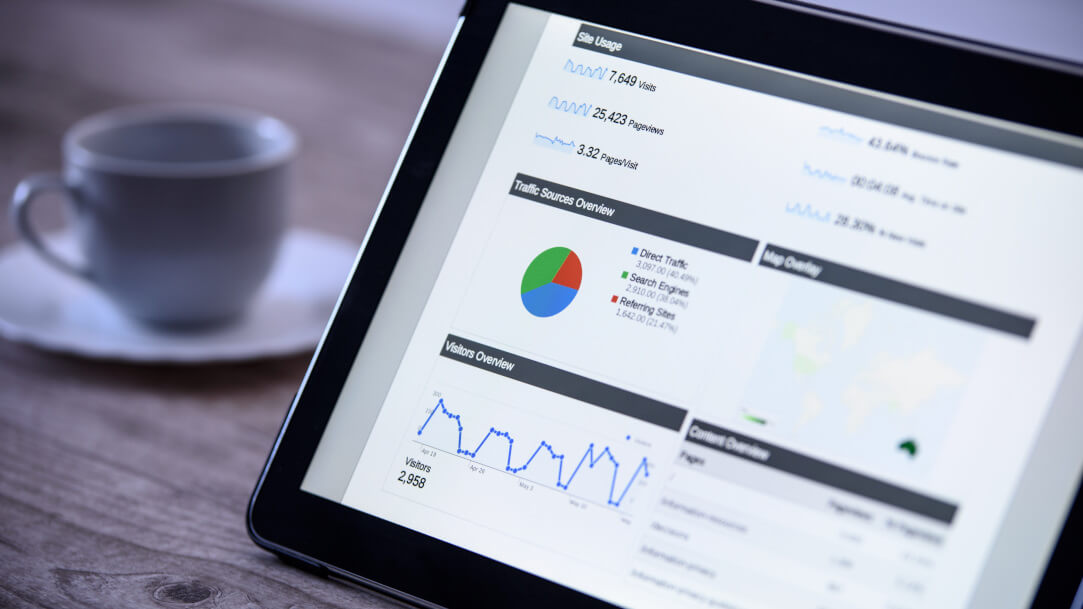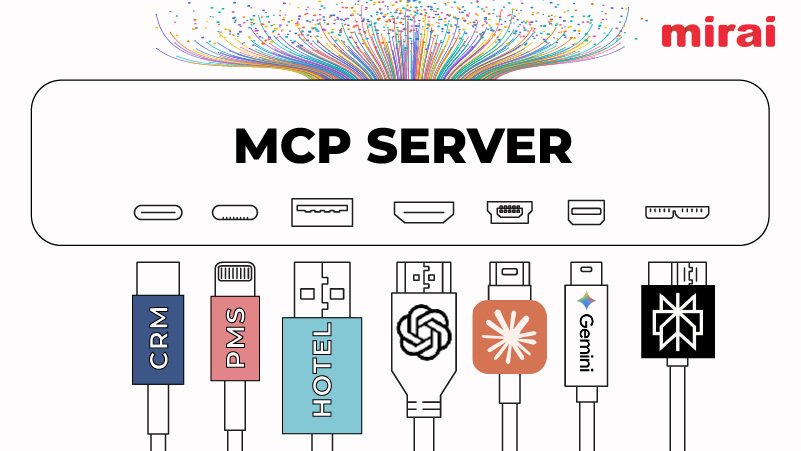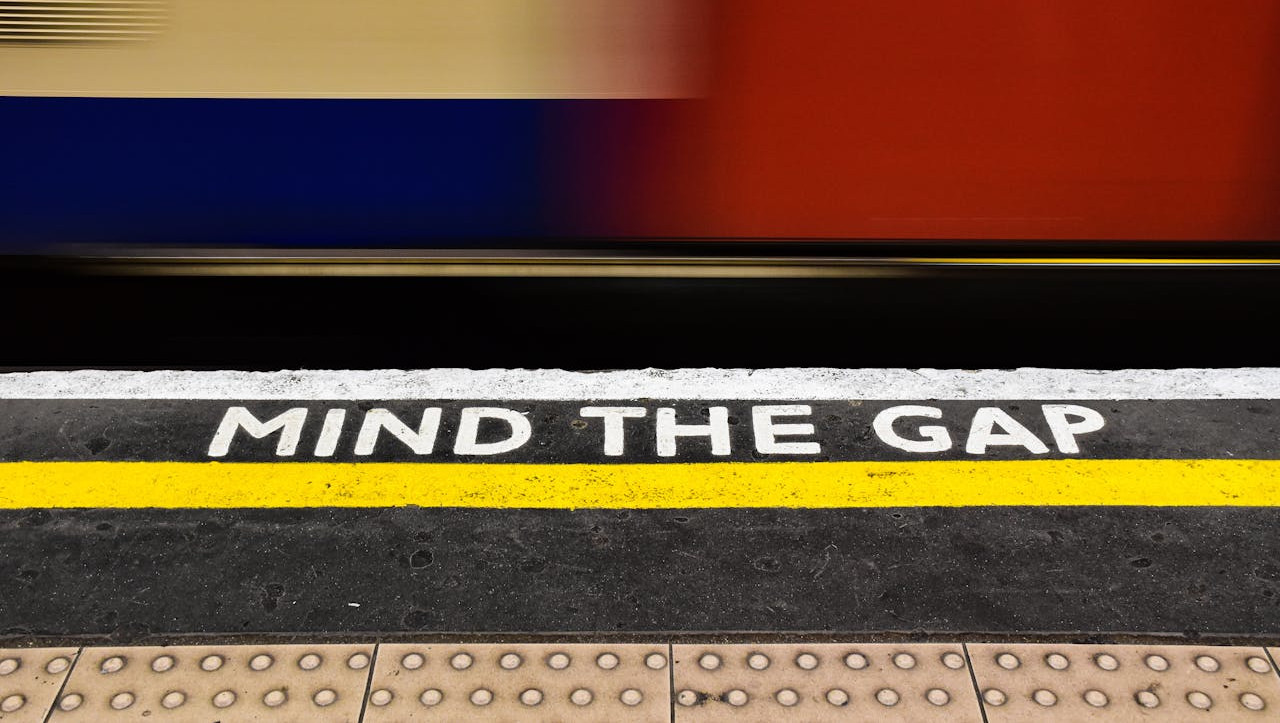There was a time (not that long ago) when the booking curve was a beautiful thing. Clean, predictable, reassuring. You’d watch bookings trickle in steadily over a 90-day window.
NB: This is an article from Topline Revenue, one of our Expert Partners
Subscribe to our weekly newsletter and stay up to date
Corporate pace built early. Weekends booked late. Groups booked ahead. You could forecast with confidence and plan pricing around clear pace patterns.
Today? That curve is a chaotic mess.
More like a pickup cliff, really.
Instead of 90 days out, guests are booking nine. Sometimes less. Pacing is erratic. Booking windows are tighter than ever. Corporate travelers book 48 hours before arrival. Leisure guests are shopping 24/7 on mobile phones and pulling the trigger whenever the algorithm tells them it’s time. Group business? Shorter lead times, higher wash, and more “we’re just exploring dates” than real commitments.
In short: your pickup curve isn’t curving anymore – because guest behavior broke it.
Why It’s Happening – The Three Big Culprits
1. Booking Windows Are Compressed and Shifting Late
Let’s call it what it is: guests are procrastinating. According to STR and market trend data, the average booking window is now 0–7 days for many urban and drive markets. That’s down dramatically from pre-COVID norms, where 14–30 days was more typical. Even business travel, once the most reliable early booker, has gotten lazy—shorter trips, less planning, more last-minute execs checking rates in an Uber on the way to the airport.
Why?
- More flexibility in cancellation policies
- Mobile-first search behavior
- Rising OTA/mobile flash deals
- Guests waiting for “a better deal”
This makes your historical pickup curve about as useful as last year’s weather forecast.
2. OTA Dominance & Mobile Behaviors Changed the Game
Booking.com, Expedia, and Google Travel have trained guests to shop late and book impulsively. Mobile usage has skyrocketed: over 60% of hotel searches and bookings now happen on mobile, and same-day bookings have exploded – especially through apps that dangle “Today Only” rates like candy.
OTAs also play favorites. Their algorithms boost visibility on low lead times and during promo windows. If you’re not careful, you’ll find yourself adjusting to an OTA-controlled timeline instead of managing your own.
Result: You’re not in control of your pace anymore – the platform is.
3. Guests Have Been Trained to Wait
Years of discounting, panic promos, and “flash sales” have taught guests to hold off. Why book now when they know you’ll blink first and drop the rate?
Some hotels even sabotage themselves by running weekly sales that pop up like clockwork. (“Book before Thursday for 20% off!”) Guess what? Your guests noticed. And now they’re just… waiting.





